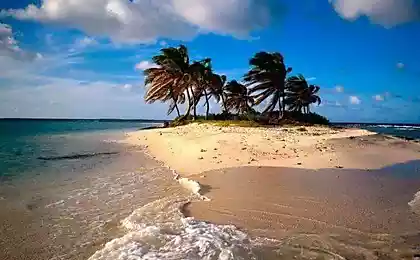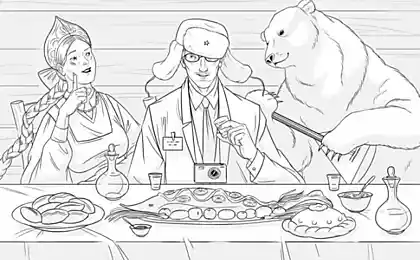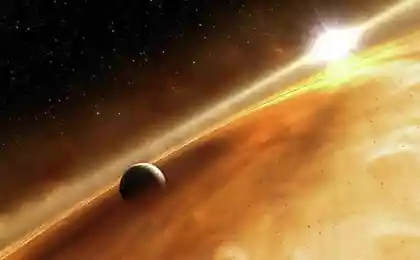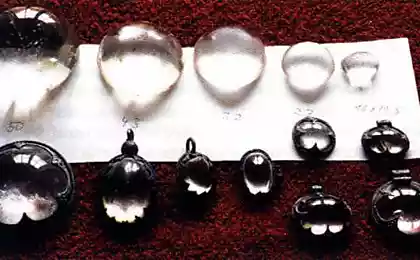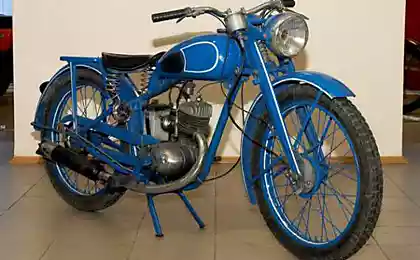512
As in Ancient Egypt, spoiled the environment
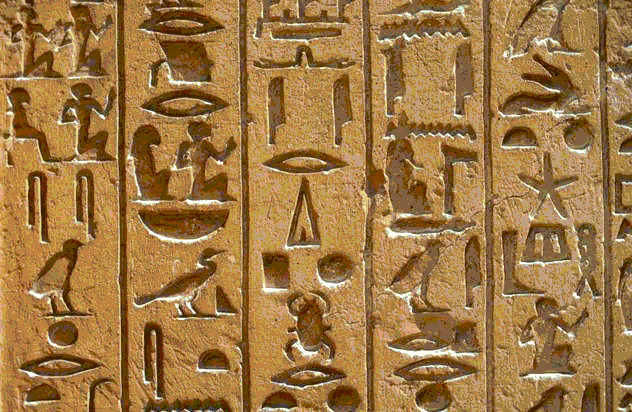
The extinction of animals in Ancient Egypt was because of aridification climate and human-induced.
About 6 million years ago in the Nile valley was inhabited by 37 species of large mammals, and even in predynastic Egypt could be found lions, elephants, antelopes and giraffes. Today they are left only seven species, and no elephants or giraffes or cheetahs in modern Egypt we do not find. Environmental change is, of course, affected not only large animals but also small animals, and most likely a decline in biodiversity were "from below", i.e. from small herbivores, which served as food for large predators. Justin Likely (Justin Yeakel and his colleagues from the University of California at Santa Cruz (USA), universities of Sao Paulo and Bristol were able to describe environmental perturbations of those bygone days, restored in detail the process of extinction of animals in Ancient Egypt.
The article in the Proceedings of the National Academy of Sciences, researchers write that a reduction in the number of species of animals in Egypt over the last 6,000 years has occurred five times. The first episode coincided with the end of the humid rainy climate in North Africa (the so-called wet phase of the Holocene). About the same time to "dry" land, people intensified agricultural activity, which coincided with the beginning of the history of dynastic Egypt. In the future, the climate here has passed several stages of aridification, and every time it was accompanied by changes in biodiversity. In addition, the "great drought" that occurred about 4,000 years ago, accompanied by the decline of the Old Kingdom, and climate change three thousand years ago was accompanied by the decline of the New Kingdom. Obviously, climatic shake-up have contributed to political instability in Ancient Egypt.
On the one hand, the desiccation of the climate itself could cause the extinction of animals: plants to feed the herbivores were no longer enough, and after disappeared herbivores and predators. However, at the same time there was growth of the human population: in the new climatic conditions was easier to live under agriculture was all the new areas that were forced to compete with the local animals. Animals, of course, competition not withstanding.
The last major change in the species composition of local ecosystems occurred about 100 years ago. The researchers emphasize that after this the environmental situation in the Nile valley have become particularly unstable. It is known that ecosystem stability depends on biodiversity, that is, the more kinds of lives in it, the easier it is to move any unfavorable periods or, for example, the loss of one or two species. But if the biodiversity is small, then crash the system becomes very simple, and even the loss of one or two species could trigger an ecological disaster. Now, according to the authors, in the Nile valley has developed just such a situation, when the disappearance of one species will lead to major problems. In the modern world of such fragile ecosystems is sufficient, so by studying Egypt, we might find some common way to keep this ecosystem afloat.
However, almost more interesting than the results, provide methods to research. The idea is to perform ecological dynamics of Ancient Egypt came to Justin Likely during a visit of the exhibition dedicated to Tutankhamun. The show was a lot of artifacts with images of animals, and colleague Jikela, Nathaniel Domini (Nathaniel Dominy), I remembered the book "Animals of Ancient Egypt" by zoologist Dale Osborn (Dale Osborne). In it, among other things described, when a particular animal appeared in ancient Egyptian art (whether painting in the tomb or the relief on the handle of the knife) and when it wore off. This work formed the basis of the study, and the authors equally used as paleontological finds and art work. Then, to describe the dynamics of relations between different types of animals in the Egyptian ecosystem, used computer modeling techniques, so that overall, the work demonstrates an outstanding example of synthesis of a variety of Sciences, from natural to Humanities.
Cyril Stasevich
Source: nkj.ru






